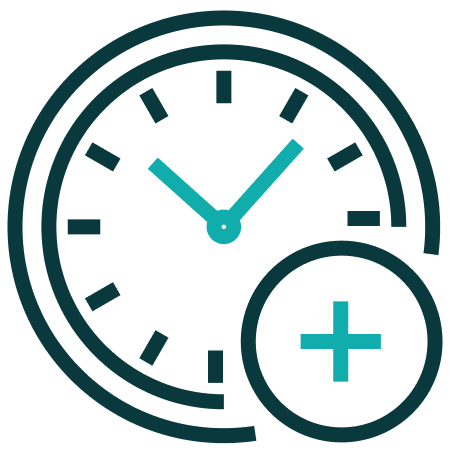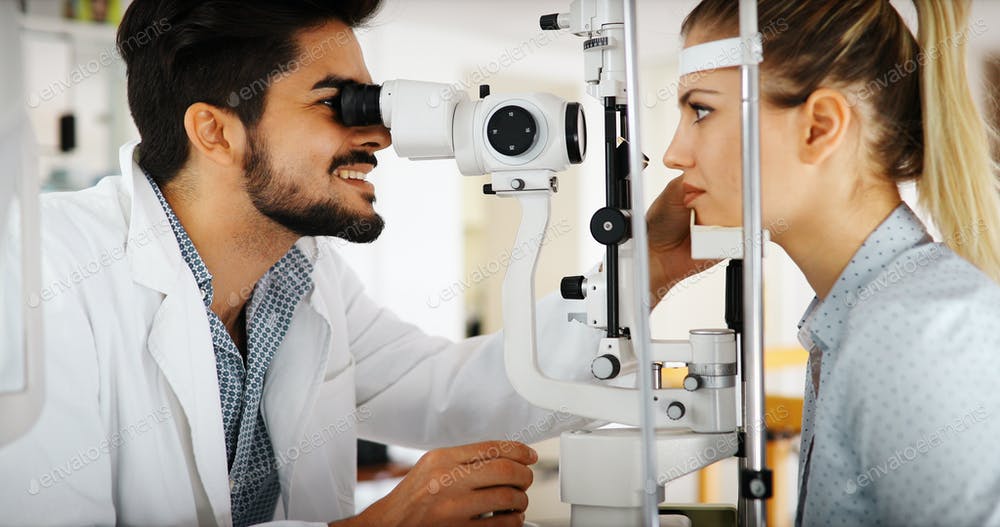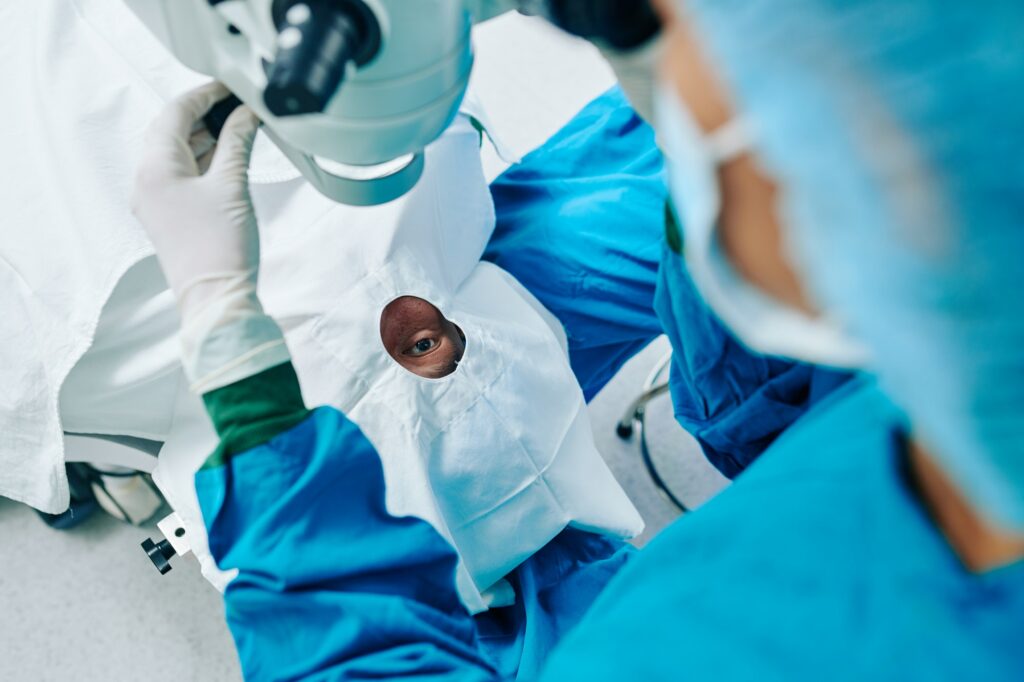
Mon - Friday 10:00am-8:00pm
Sunday - Only on prior Appointments


Sunday - Only on prior Appointments


Glaucoma is a disease that damages your eye’s optic nerve. It usually happens when fluid builds up in the front part of your eye. That extra fluid increases the pressure in your eye, damaging the optic nerve.
Glaucoma is a leading cause of blindness for people over 50 years old. But blindness from glaucoma can often be prevented with early treatment.
With open-angle glaucoma, there are no warning signs or obvious symptoms in the early stages. As the disease progresses, blind spots develop in your peripheral (side) vision.
Most people with open-angle glaucoma do not notice any change in their vision until the damage is quite severe. This is why glaucoma is called the “silent thief of sight”. Having regular eye exams can help your ophthalmologist find this disease before you lose vision. Your ophthalmologist can tell you how often you should be examined.
People at risk for angle-closure glaucoma usually show no symptoms before an attack. Some early symptoms of an attack may include blurred vision, halos, mild headaches or eye pain. People with these symptoms should be checked by their ophthalmologist as soon as possible. An attack of angle-closure glaucoma includes the following:
People with “normal tension glaucoma” have eye pressure that is within normal ranges, but show signs of glaucoma, such as blind spots in their field of vision and optic nerve damage.
Some people have no signs of damage but have higher than normal eye pressure (called ocular hypertension). These patients are considered “glaucoma suspects” and have a higher risk of eventually developing glaucoma. Some people are considered glaucoma suspects even if their eye pressure is normal. For instance, their ophthalmologist may notice something different about their optic nerve. Anyone who is considered a glaucoma suspect should be carefully monitored by their ophthalmologist. An ophthalmologist can check for any changes over time and begin treatment if needed
Some people have a higher than normal risk of getting glaucoma. This includes people who:
Talk with an ophthalmologist about your risk for getting glaucoma. People with more than one of these risk factors have an even higher risk of glaucoma
The only sure way to diagnose glaucoma is with a complete eye exam. A glaucoma screening that only checks eye pressure is not enough to find glaucoma.
During a glaucoma exam, your ophthalmologist will:


“Every dose, every day—it can save your sight!”
Eyedrop medicines are helpful in treating glaucoma. It is extremely important to use your glaucoma eye drops exactly as your ophthalmologist tells you to. That includes taking every dose, every day. If you do not do this, you may loose vision.
Also, remember to tell your other doctors which medicines you take for glaucoma. As with any medication, glaucoma eye drops can cause side effects.
Your ophthalmologist may have you take more than one of the following glaucoma eyedrop medicine :

Treating glaucoma successfully is a team effort between you and your doctor. Your ophthalmologist will prescribe your glaucoma treatment. It is up to you to follow your doctor’s instructions and use your eye drops.
Once you are taking medications for glaucoma, your ophthalmologist will want to see you regularly. You can expect to visit your ophthalmologist about every 3–6 months. However, this can vary depending on your treatment needs.
If you have any questions about your eyes or your treatment, talk to your ophthalmologist

Comprehensive Eye Examination
Cataract
Cornea & Refractive Services
Glaucoma Services
Vitreo-Retinal & UVEA
Pediatric Ophthalmology
Squint
Orbit & Oculoplasty